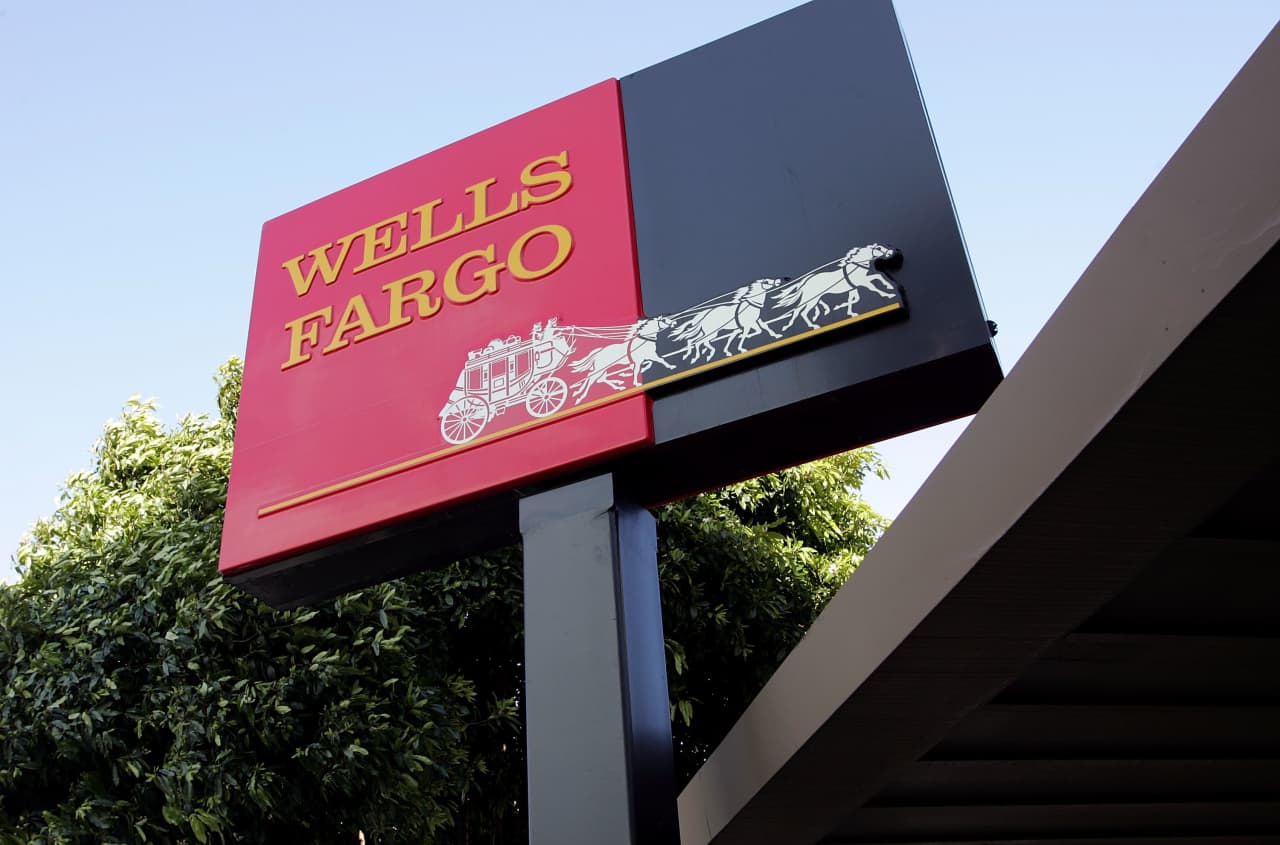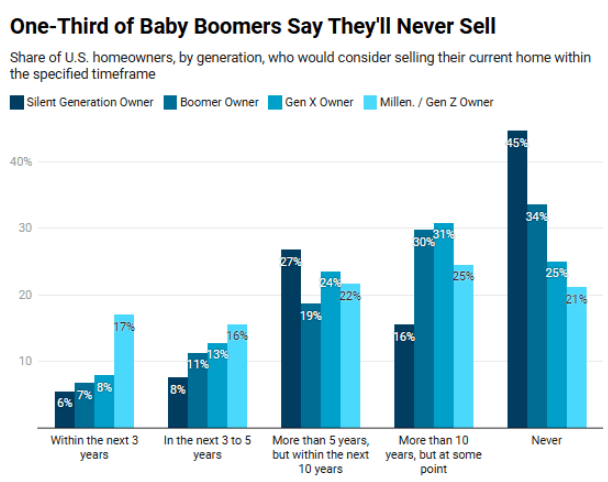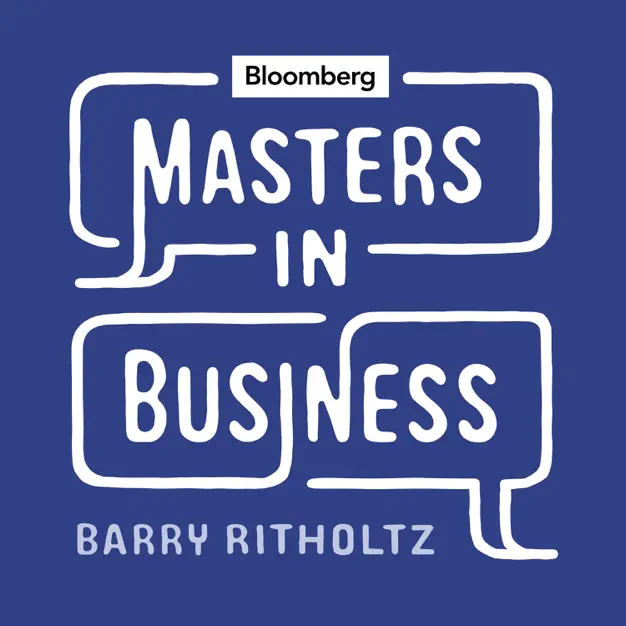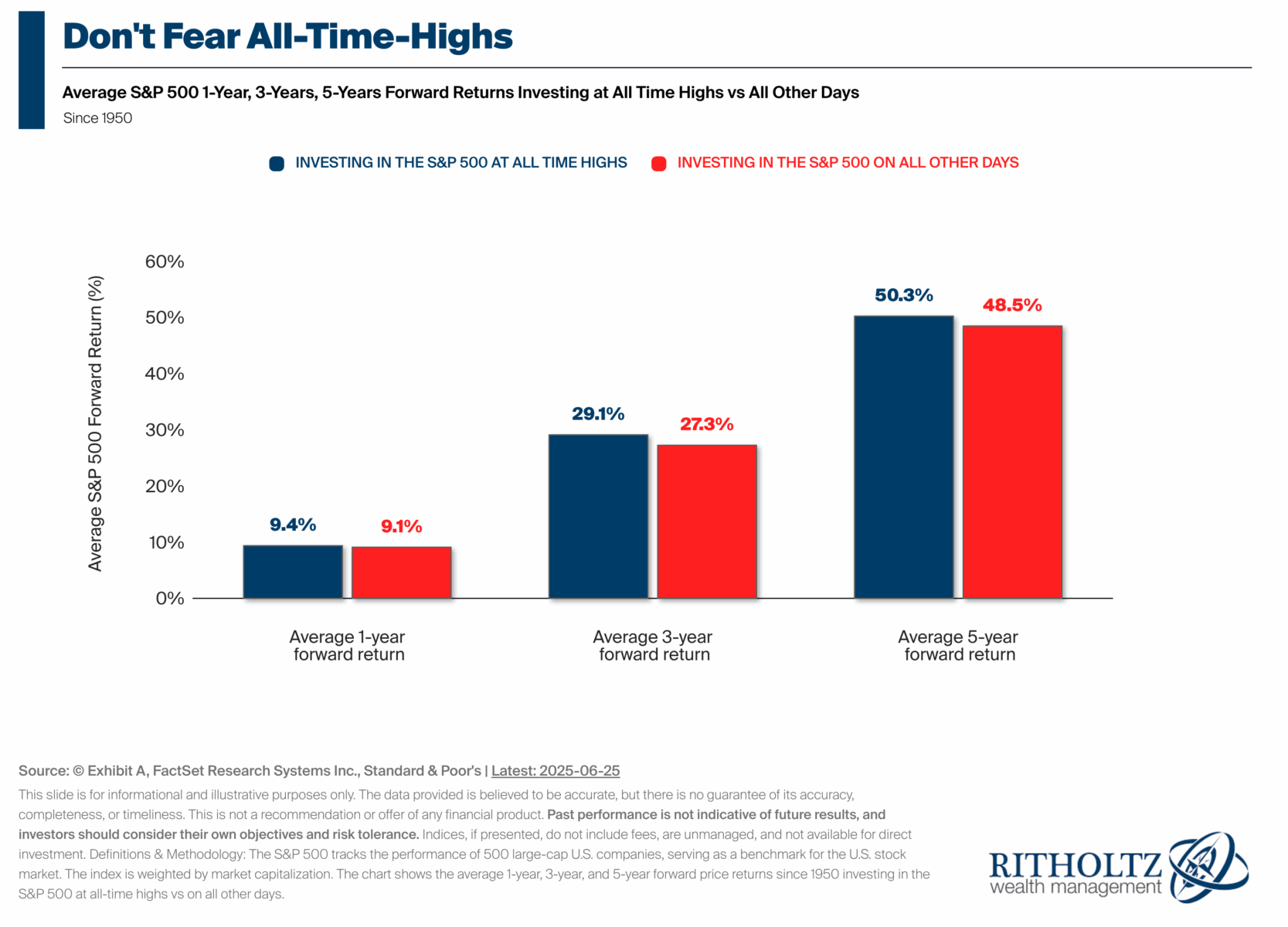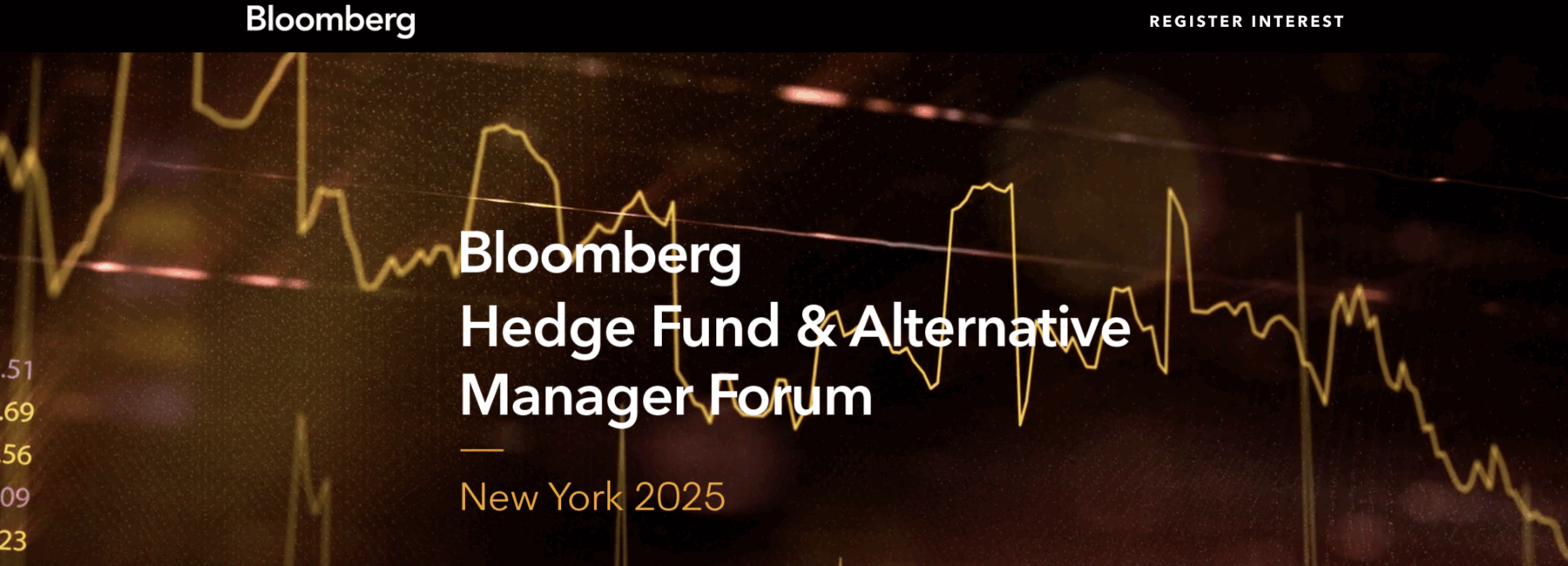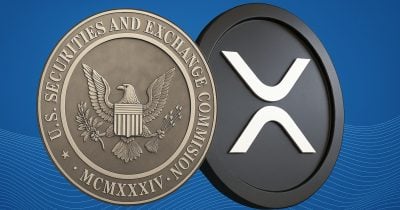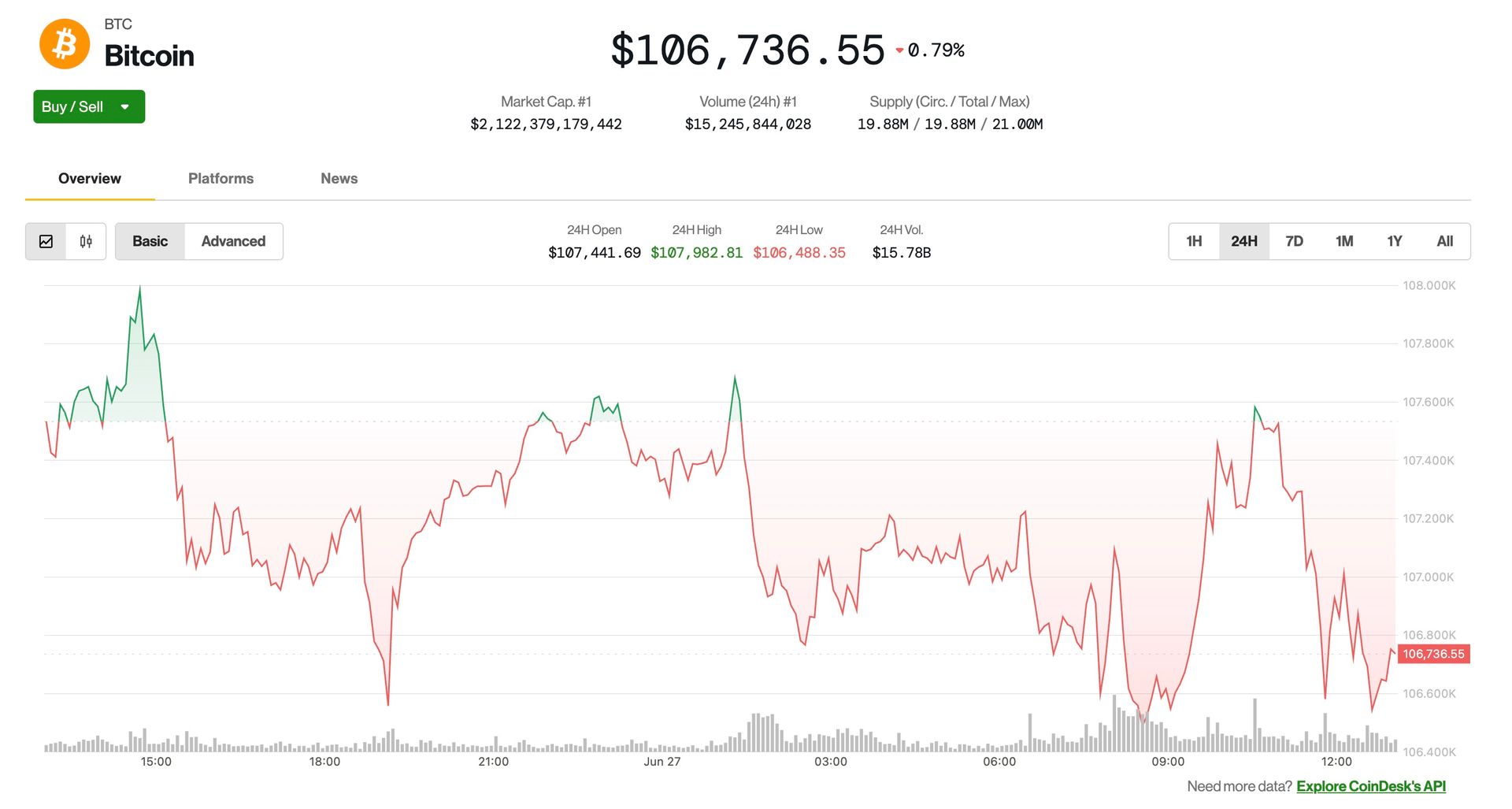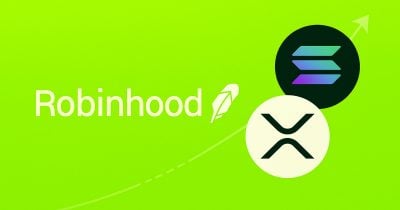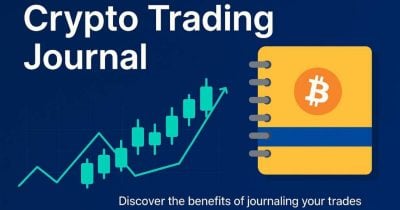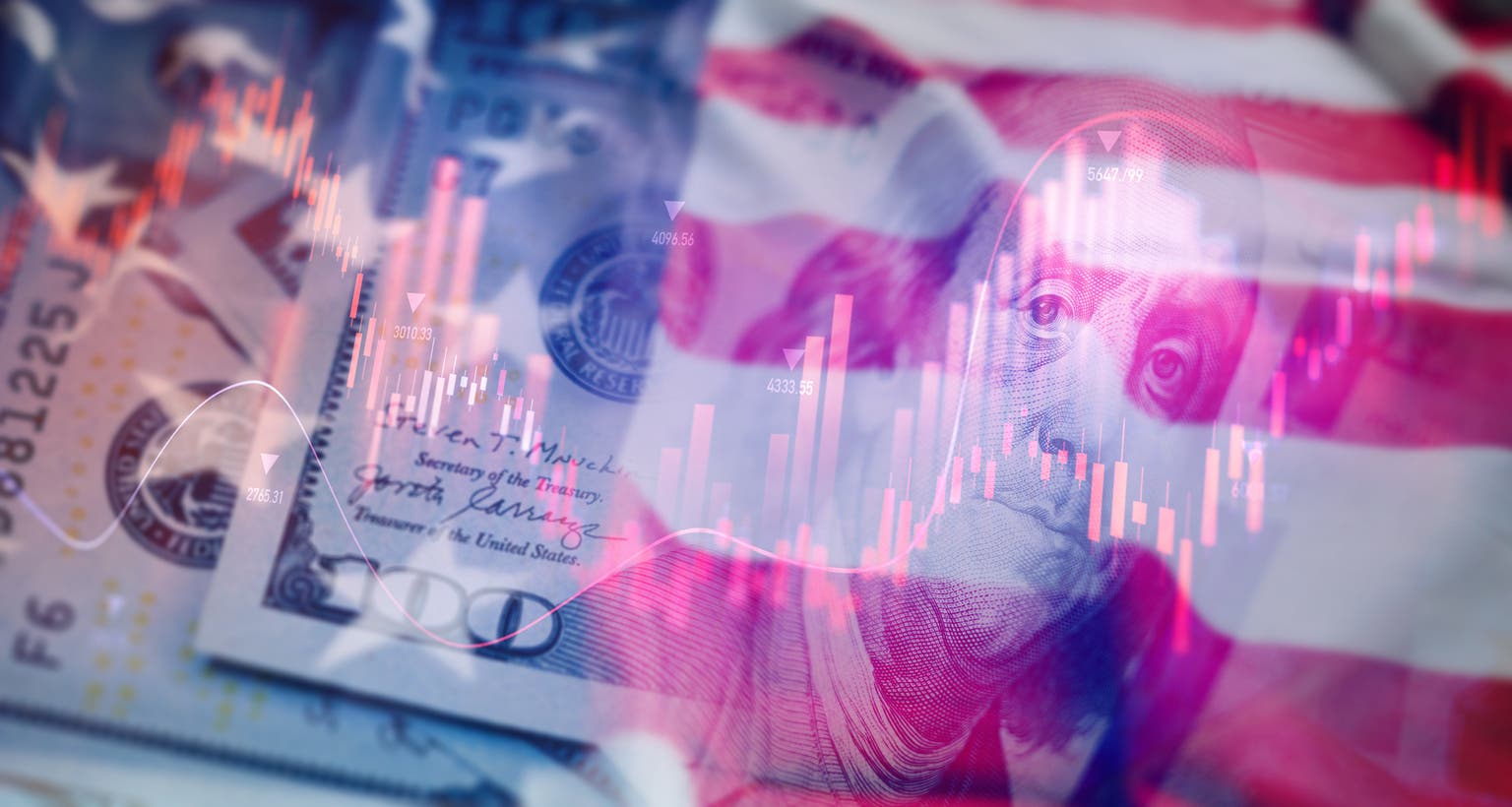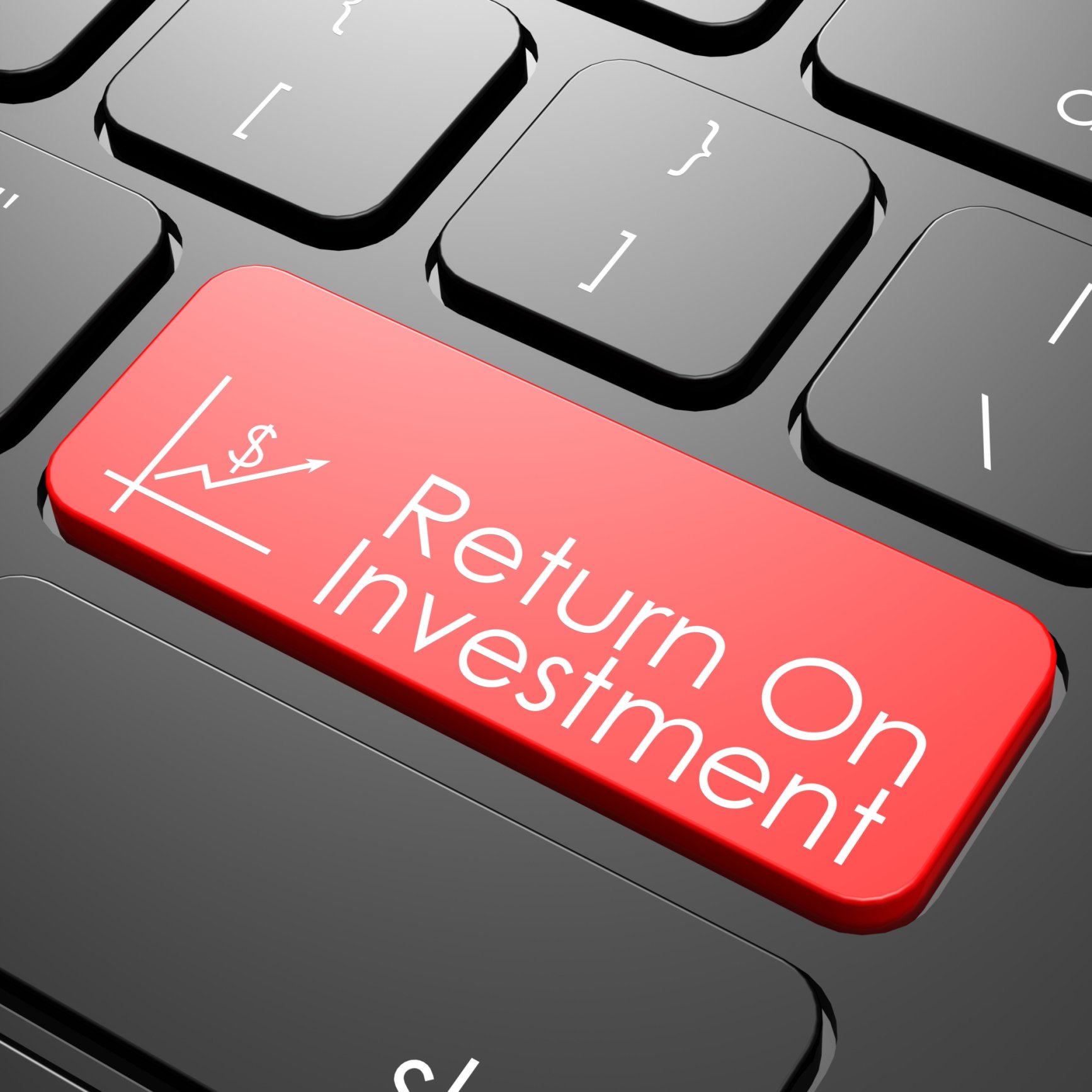SSO vs. DGRO: Double S&P Leverage or Reliable Dividend Growth
Does slow and steady really win the race? Two ETFs put this concept to the test. The ProShares Ultra S&P 500 ETF (NYSEARCA:SSO) offers 2x the exposure to the S&P 500. In other words, if the S&P 500 goes up by 1%, this fund goes up by 2%. The other fund is a more basic […] The post SSO vs. DGRO: Double S&P Leverage or Reliable Dividend Growth appeared first on 24/7 Wall St..
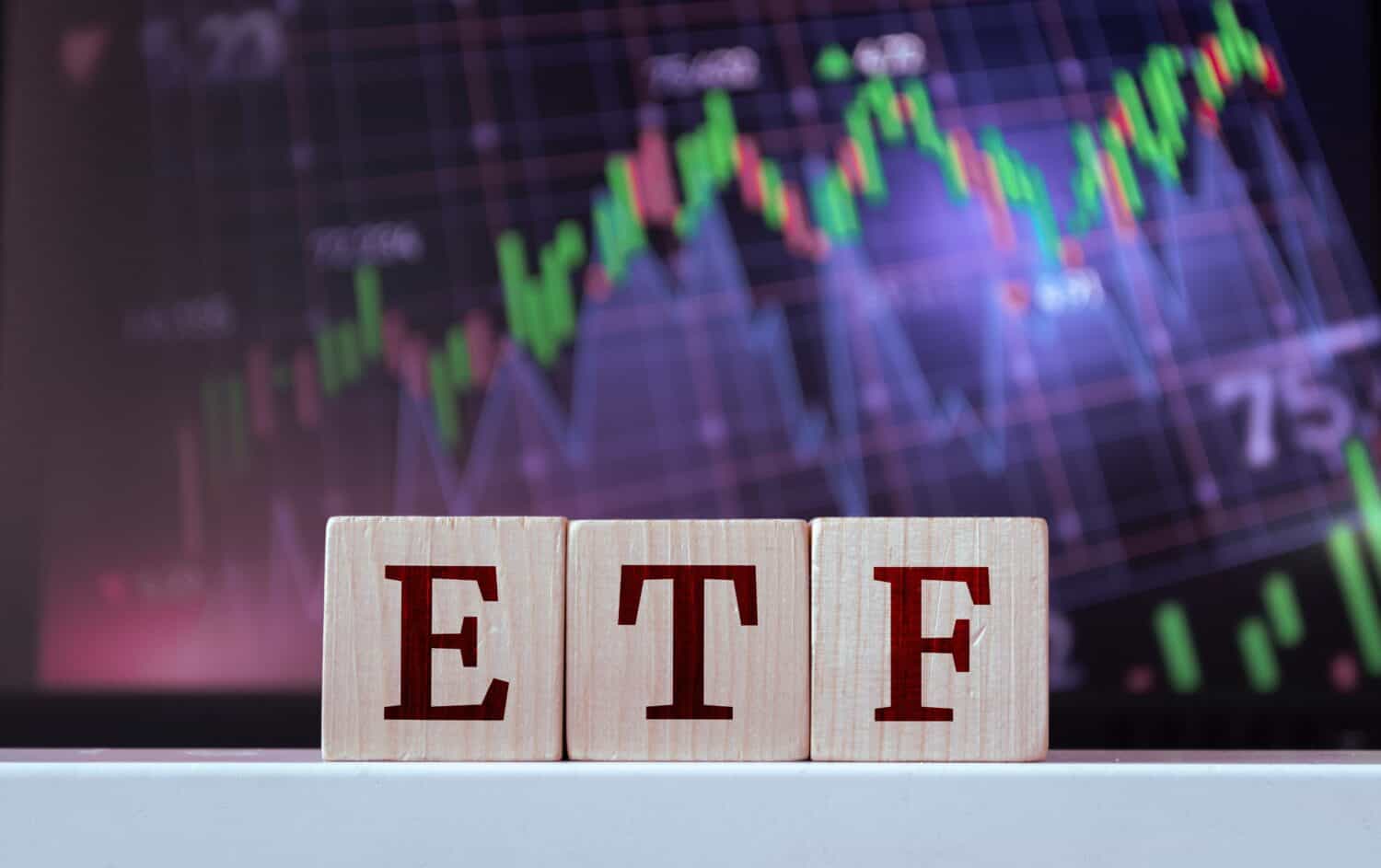
Does slow and steady really win the race? Two ETFs put this concept to the test. The ProShares Ultra S&P 500 ETF (NYSEARCA:SSO) offers 2x the exposure to the S&P 500. In other words, if the S&P 500 goes up by 1%, this fund goes up by 2%.
The other fund is a more basic ETF that focuses on the time-tested concept of buying and holding winners for the long run. This fund, the iShares Core Dividend Growth ETF (NYSEARCA:DGRO), gives investors exposure to a wide range of dividend stocks with rising payouts.
Which fund do you think will rise to the top? After analyzing the historical returns, portfolios, and yields of both ETFs, we will arrive at our verdict.
Key Points
-
Should you invest in SSO or DGRO? It’s a tale of the tortoise and the hare between these growth ETFs.
-
Steady dividends don’t look good against leveraged ETFs on the surface, but a deeper inspection finds a startling conclusion.
-
Are you ahead, or behind on retirement? SmartAsset’s free tool can match you with a financial advisor in minutes to help you answer that today. Each advisor has been carefully vetted, and must act in your best interests. Don’t waste another minute; get started by clicking here.(Sponsor)
Historical Returns

Before we get into historical returns, let’s start with expense ratios, which represent the fee for holding on to an ETF. DGRO has a 0.08% expense ratio that is comfortably covered by the fund’s 2.28% yield. Meanwhile, SSO has a much higher 0.89% expense ratio and no yield to show for it.
It’s normal for leveraged ETFs to have higher expense ratios and no yields, but do high returns make it easier for investors to ignore those disadvantages? On the surface, that looks to be the case.
SSO has an annualized 26.0% return over the past five years, while DGRO only has an annualized 14.0% return during the same amount of time. However, SSO investors shouldn’t be celebrating quite yet.
When you look at SSO’s annualized returns, they’re just 2x the S&P 500. However, holding the fund in practice results in a lot of problems. First, the fund reallocates every day to ensure 2x leverage. If the S&P 500 drops by 2%, the fund drops by 4% and must then sell some of its holdings to ensure exactly 2x leverage. That way, they avoid being over-leveraged. These same funds must buy more exposure during market rallies to maintain 2x leverage.
That means leveraged ETFs like SSO automatically sell low and buy high. The annualized returns look attractive on a site like Morningstar, but these constant transactions, time decay reducing the value of derivatives, and high expense ratio make SSO less attractive than DGRO.
The Portfolios

SSO uses the S&P 500 as a benchmark plus 2x leverage to create more volatility. The S&P 500 contains 500 companies, but most of the price swings come from the Magnificent Seven stocks. DGRO also has some Magnificent Seven stocks, but only the dividend-paying ones.
DGRO allocates 27% of its capital into its top 10 holdings, but it’s not dominated by Magnificent Seven stocks. Exxon Mobil (NYSE:XOM) and JPMorgan Chase (NYSE:JPM) are both ahead of Microsoft (NASDAQ:MSFT) within the fund’s top three holdings. Each of these stocks makes up a little more than 3% of the fund’s total assets.
The Verdict

DGRO is a better ETF than SSO. Slow and steady wins the race after all, but it turns out the un-leveraged S&P 500 is the best choice among all three of them. The S&P 500 has more than doubled over the past five years, while DGRO is only up by about 70% during the same stretch. Although DGRO is the clear winner among these two examples, the pure S&P 500 once again demonstrates why it’s one of the most reliable benchmarks in the stock market.
The post SSO vs. DGRO: Double S&P Leverage or Reliable Dividend Growth appeared first on 24/7 Wall St..






















